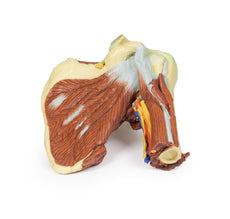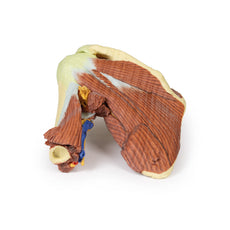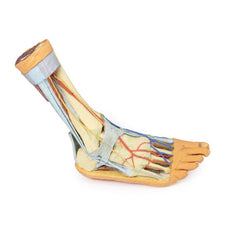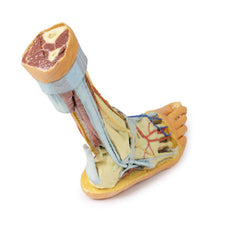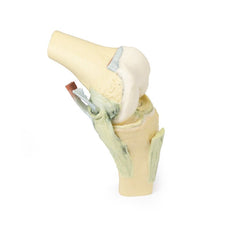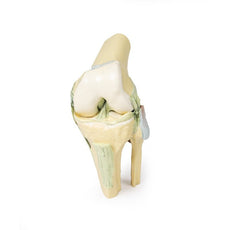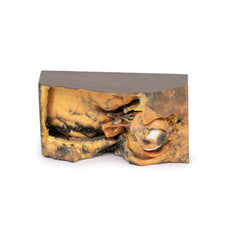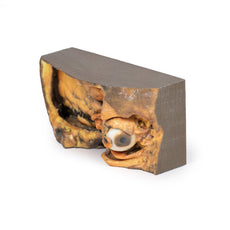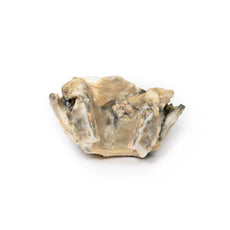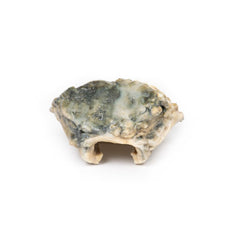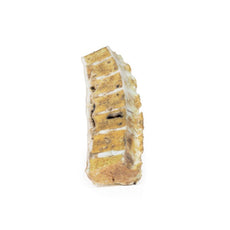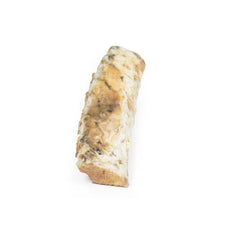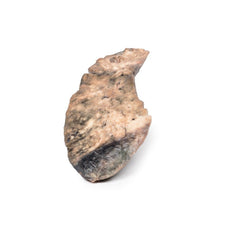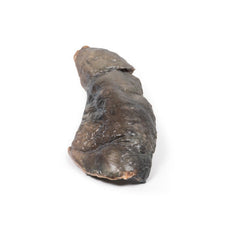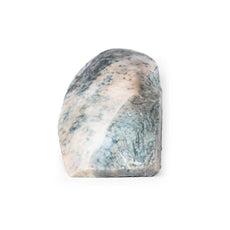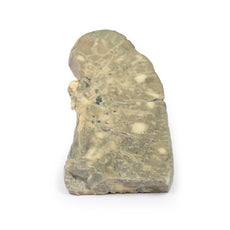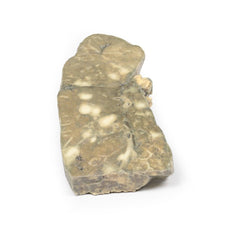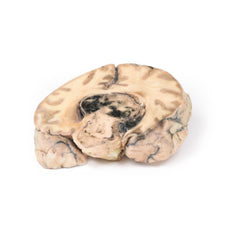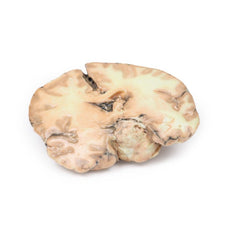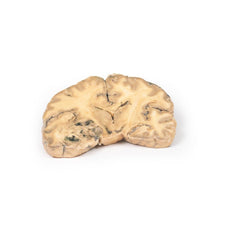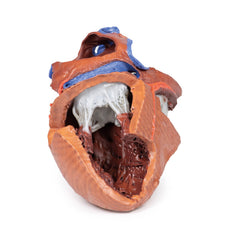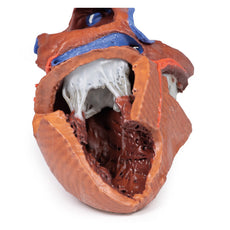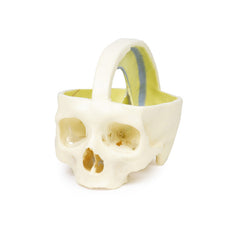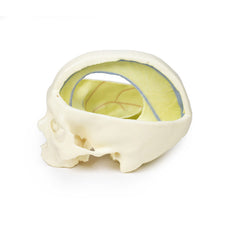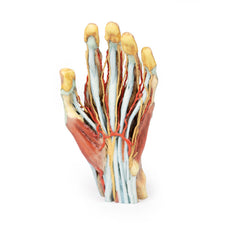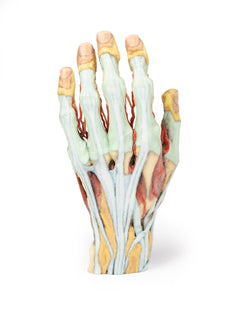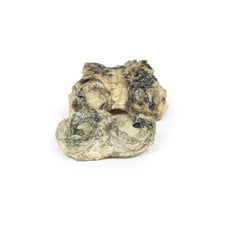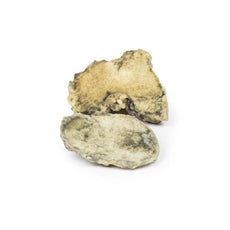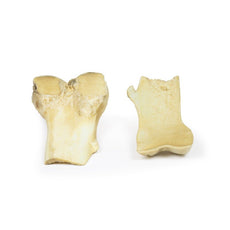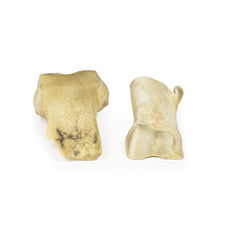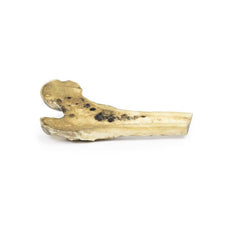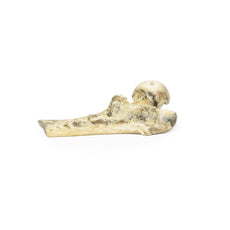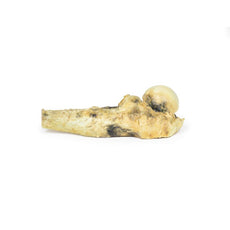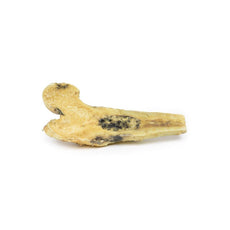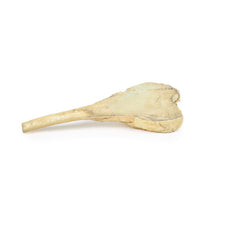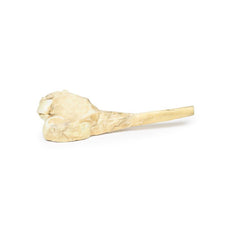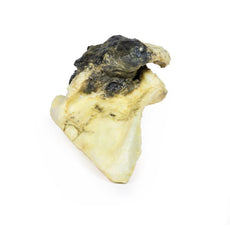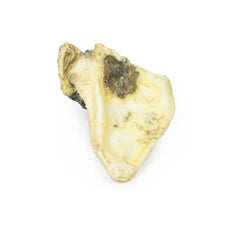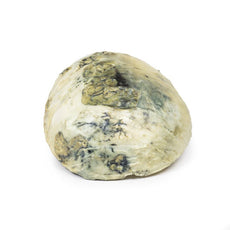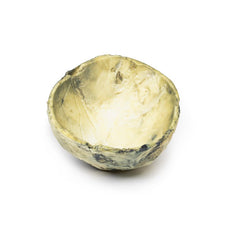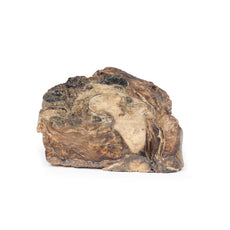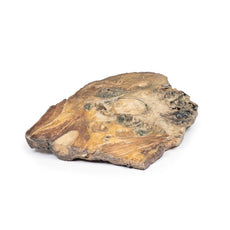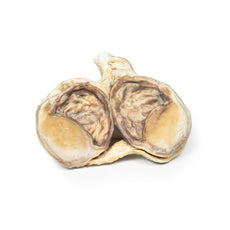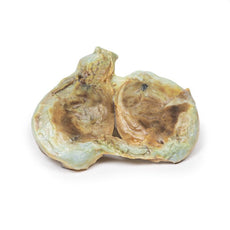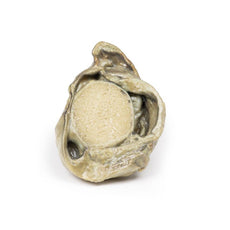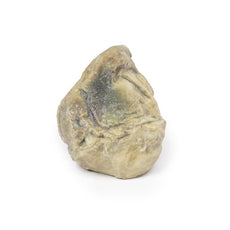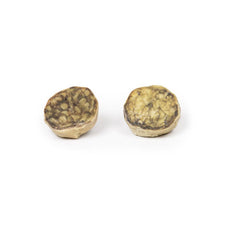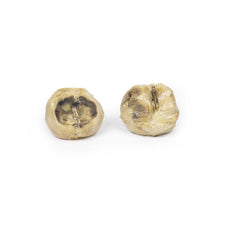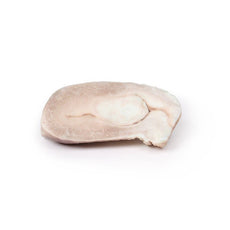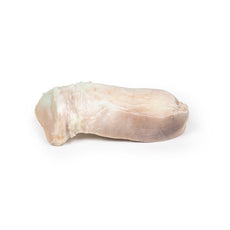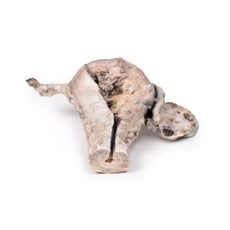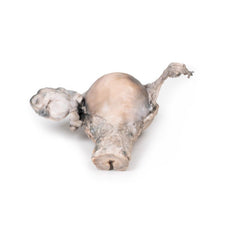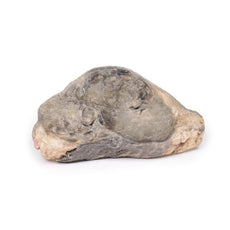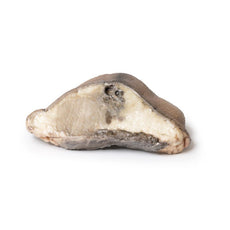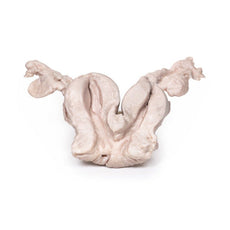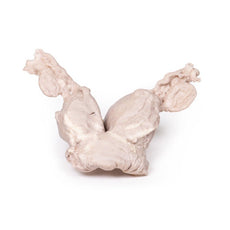Your shopping cart is empty.
3D Printed Fibrocaseous Tuberculosis
Item # MP2054Need an estimate?
Click Add To Quote

-
by
A trusted GT partner -
3D Printed Model
from a real specimen -
Gov't pricing
Available upon request
3D Printed Fibrocaseous Tuberculosis
Clinical History
A 89-year old male presents with an episode of large haemoptysis. He has a
history of diabetes and immunosuppression secondary to steroid treatment for rheumatoid arthritis. Further history
reveals a long history of cough, haemoptysis, fevers and weight loss. On examination, he is noted to be cachexic,
hypoxic and have crepitations throughout the left lung. Chest x-ray shows multiple cavitation lesions in the left
lung. Subsequently, he has another massive haemoptysis and dies.
Pathology
The left lung is cut longitudinally to display the cut surface. The upper lobe is
almost entirely replaced by several large irregular cavities lined by necrotic debris and fibrous tissue. Blood
vessels are seen in the upper cavity with evidence of haemorrhage. The lower lobe contains several smaller caseous
areas, some of which are breaking down. The intervening lung parenchyma is scarred. The pleura is thickened. This is
fibrocaseous tuberculosis with cavitation.
Further Information
Tuberculosis (TB) is a chronic pulmonary and systemic infectious disease
caused by Mycobacteria tuberculosis. Transmission most commonly occurs via inhalation of aerosolized droplets of M.
tuberculosis. Risk factors for contracting TB include being an inhabitant of a developing country where the disease
may be endemic, immunosuppression (e.g. HIV, steroid use, anti-TNF use and diabetes), chronic lung disease (e.g.
silicosis), alcoholism and malnutrition.
After initial pulmonary infection of M. tuberculosis clinical manifestation varies. In 90% of individuals with an
intact immune system they enter an asymptomatic latent infection phase. This latent TB may reactivate at any time in
the patient‘s life. In the other 10% of patients, especially in the immunocompromised, they develop primary disease
which is immediate active TB infection. Manifestations of primary TB include pulmonary infection symptoms (e.g.
consolidation, effusion and hilar adenopathy) and extra pulmonary symptoms including lymphadenopathy, meningitis and
disseminated miliary TB.
Secondary tuberculosis occurs when there is reactivation of previous latent TB
infection. Around 10% of latent TB will reactivate usually during periods of weakened host immunity. Typical
symptoms of reactivation are cough, haemoptysis, low grade fever, night sweats and weight loss.
The immune
response against TB is mediated via TH1-cells stimulate alveolar macrophages to attack the mycobacteria. These
macrophages surround the infection forming a ‘granuloma’ with central caseous necrosis.
Secondary pulmonary TB
may heal with fibrosis or progress as in this case. Progressive pulmonary TB sees erosion and expansion of the
infectious lesion into adjacent lung parenchyma. This leads to evacuation of the caseous centre leading to fibrous
cavitation. Erosion of blood vessels can occur causing haemoptysis. Post treatment of TB the tissue heals by
fibrosis but does not recover the pulmonary architecture.
TB diagnosis is usually made with a clinical history and chest x-ray and multiple sputum cultures. Mantoux skin tuberculin test and serum interferon gamma release assay may also be used to help screen for infection. Biopsies may be taken of suspected infection site for culture to assist diagnosis. Treatment involves prolonged courses of multiple antibiotics, which depend on the antibiotic resistance of the infecting mycobacterium.
Download: Handling Guidelines for 3D Printed Models
Handling Guidelines for 3D Printed Models
GTSimulators by Global Technologies
Erler Zimmer Authorized Dealer
The models are very detailed and delicate. With normal production machines you cannot realize such details like shown in these models.
The printer used is a color-plastic printer. This is the most suitable printer for these models.
The plastic material is already the best and most suitable material for these prints. (The other option would be a kind of gypsum, but this is way more fragile. You even cannot get them out of the printer without breaking them).The huge advantage of the prints is that they are very realistic as the data is coming from real human specimen. Nothing is shaped or stylized.
The users have to handle these prints with utmost care. They are not made for touching or bending any thin nerves, arteries, vessels etc. The 3D printed models should sit on a table and just rotated at the table.










